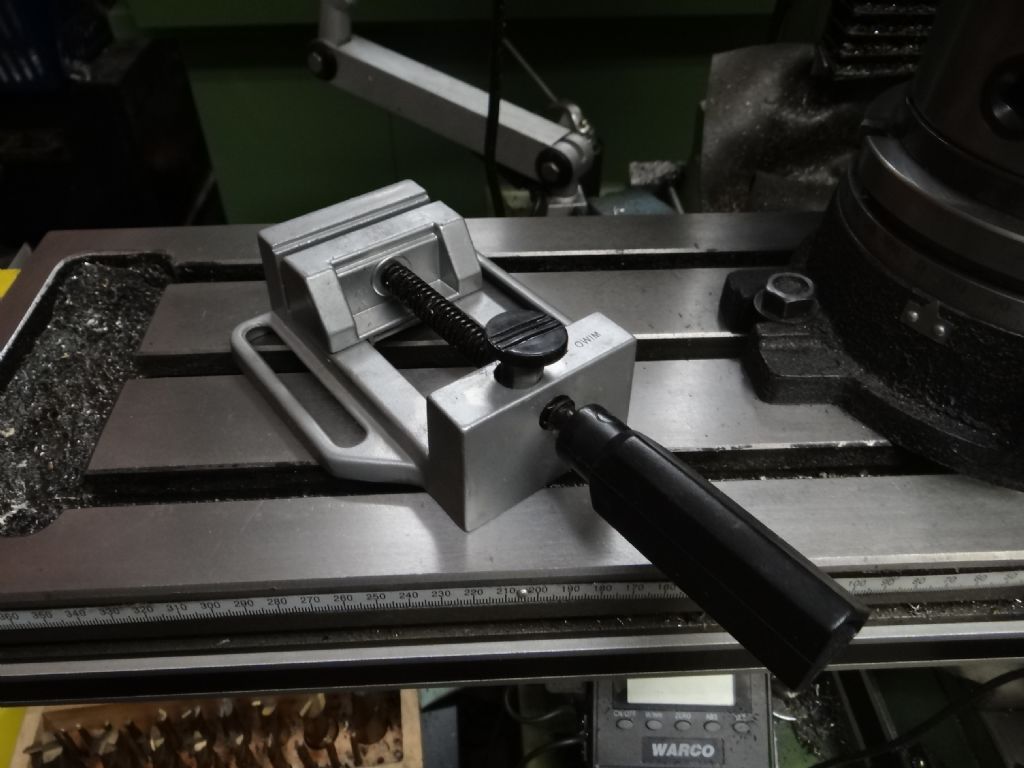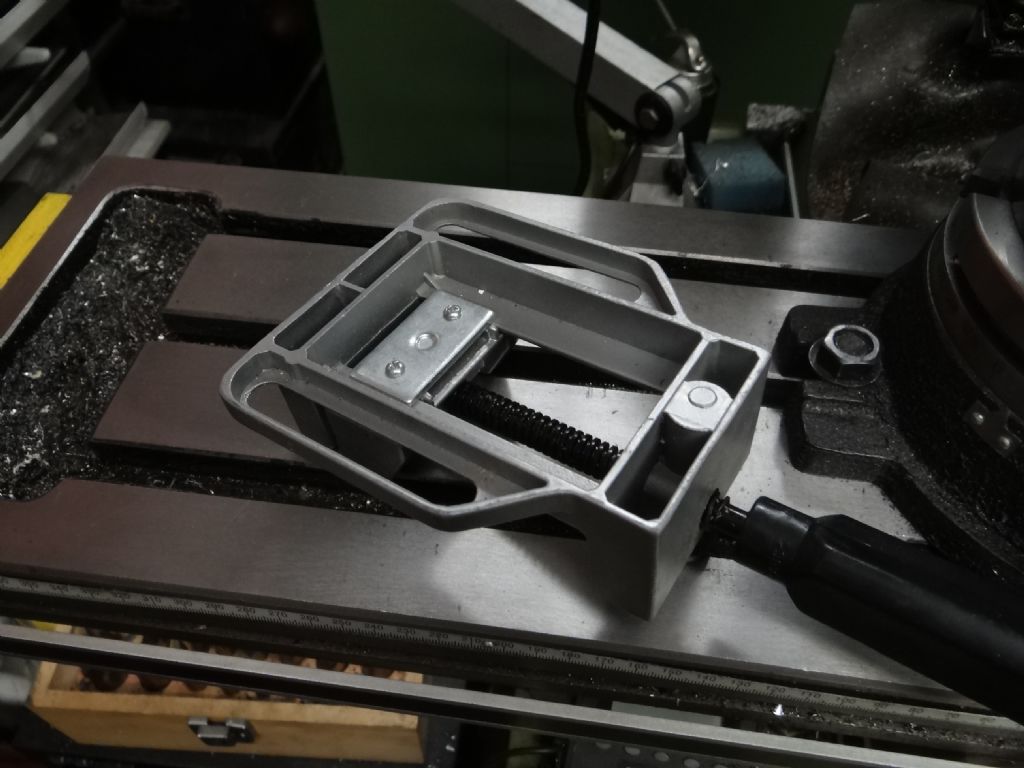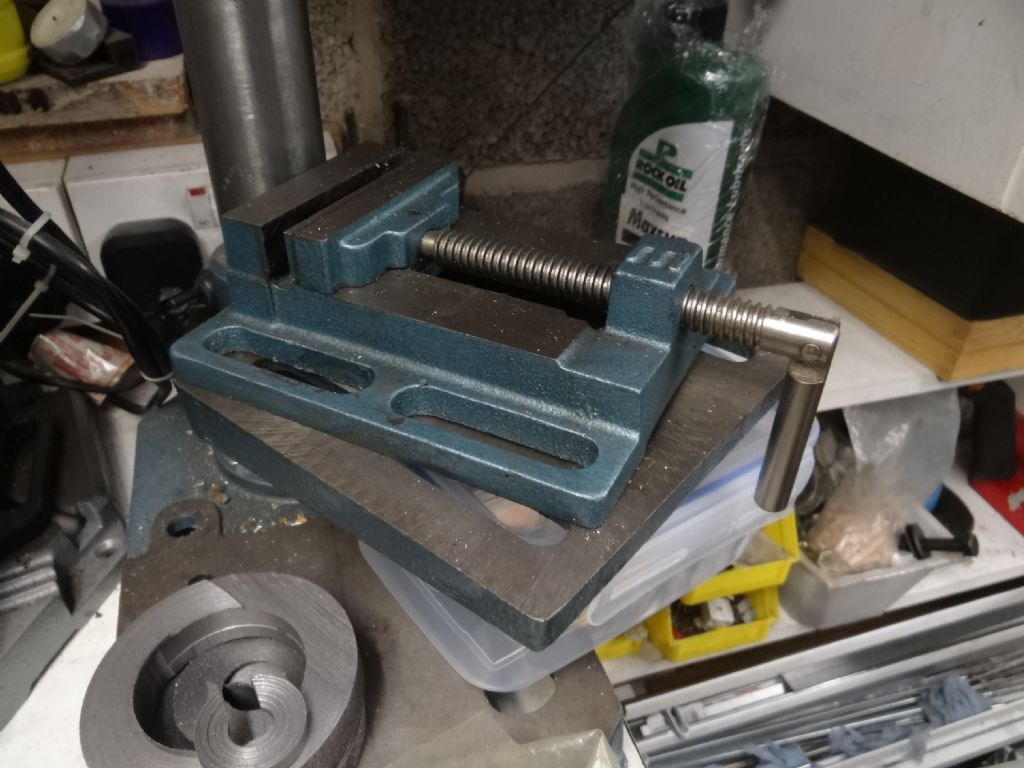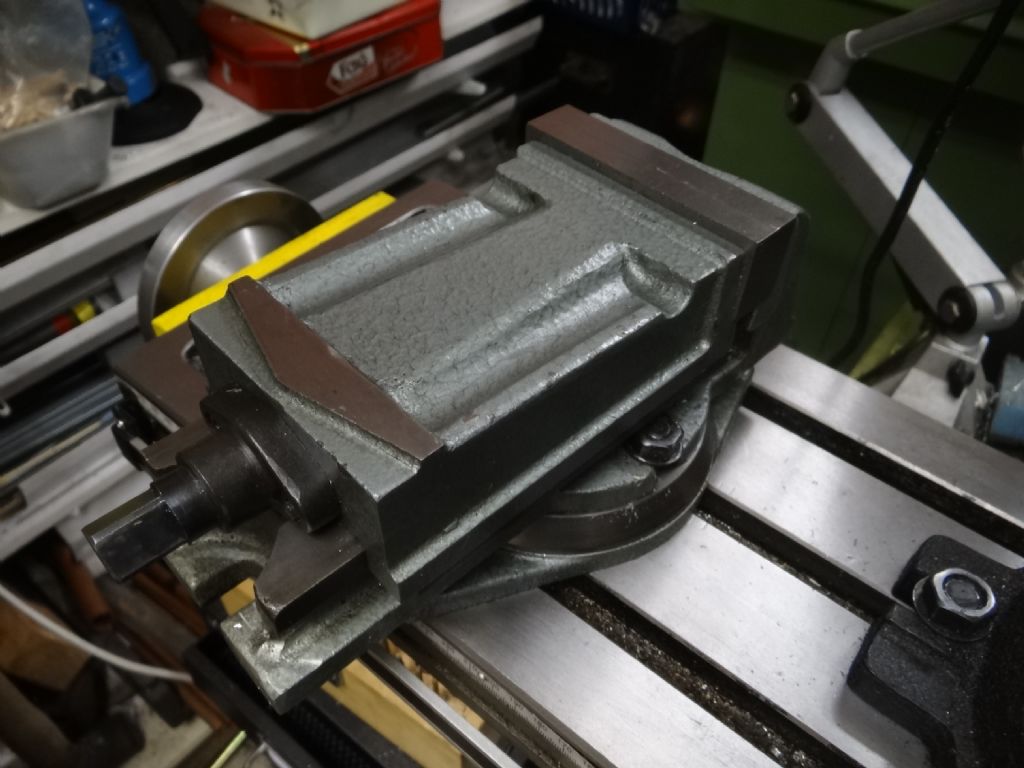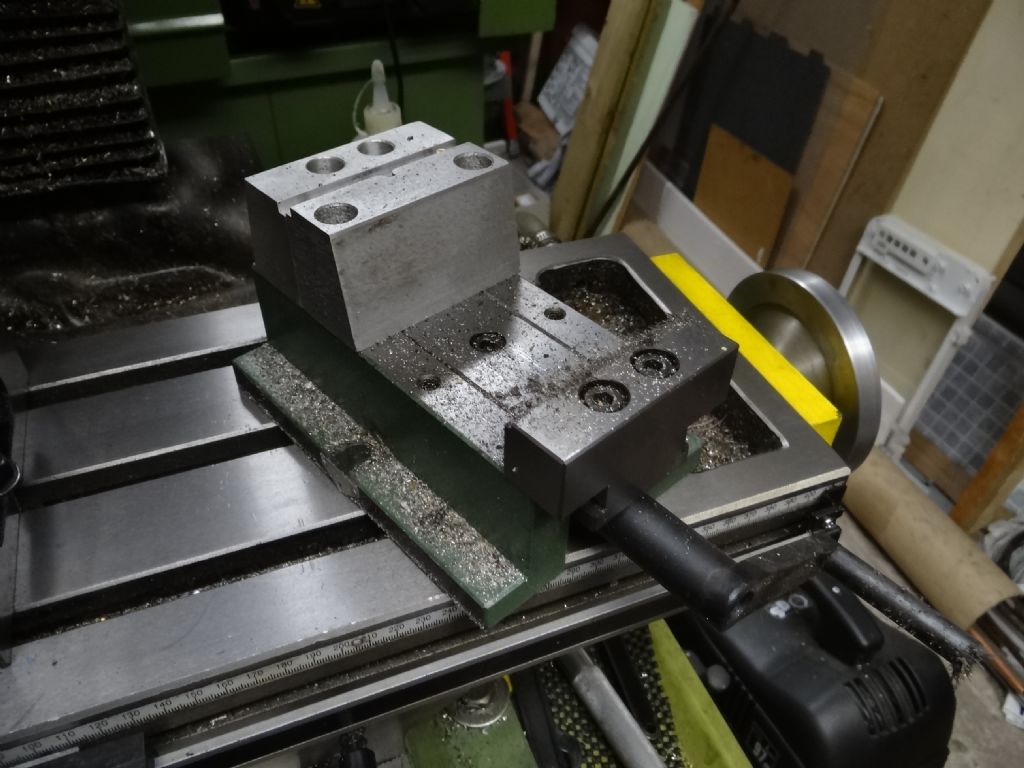Posted by Ian Skeldon 2 on 18/08/2018 20:02:33:
…
I wish to buy a vice for my medium sized milling machine, (make and brand of milling machine not relevant), medium as in not the smallest or largest of the various mills for sale.
I would like to the vice to have a minimum of 4" jaw and maximum of 6", I would like it be as rigid and as accurate and repeatable as possible for the money I have available ( £150-£300 ) I don't mind if it swivells or not. I live in the UK and want to know that I can return the vice shout it fail or not meet requirements.
…
There's a problem with the question as stated, which is the Requirement is vague. This makes it hard to advise because we don't quite know where Ian is coming from! For example in the world of professional milling machines, a Bridgeport is considered "small". In my garage it would be "huge". Likewise, the purpose the vice is put to matters. What's acceptable to me may be overkill for some and unacceptable to others.
What I can reveal is what I use on a WM18 mill and why:

This is a machine vice sold with a cheap drill stand I made into a tapping stand. The vice is unsuitable for precision work. The grip is weak, the jaws lift, and you cannot reset work in it to less than about 0.5mm. Turning it over reveals a crude lightweight construction.

Subjected to any kind of strain, it's going to bend. This one is such rubbish you might wonder why it's not been binned. Actually, once in a while this heap of tat is useful. When I use the milling machine as a drill press, and the grown-up vice is elsewhere, this horrible vice is 1000x safer than holding rough work in my hand. In this mode, lightness is a virtue.
I own a drill-press as well, and on that use a much heavier machine vice. Still cheap, it has a much better grip on the work, and the weight helps accuracy when positioning and drilling. On the downside, the jaws lift, and it's not repeatable. Also the moving jaw is able to swivel slightly, which isn't helpful when milling.

I don't use it on my mill for drilling because the extra weight and sharp edges are liable to ding the table, which the cheap one doesn't.
When I bought the mill, I ordered a vice from Warco.

The main criteria was size; a vice that's either too small or too big for the machine restricts what you can do. I find the swivel useful once in a blue moon, and often don't bother to fit it.
This vice was my mainstay for two years. Not high quality, but certainly 'fit for purpose' in my workshop. The advantage of a more expensive vice is mainly speed and reliability. Setting up work on a machine often takes much longer than cutting. Working for a living, you need a vice that will clamp with a minimum of fuss over and over again. The main problem with cheaper vices is you have to take more care – they are less trustworthy. For example, to counter jaw lift, it might be necessary to tap the work down with a hammer and check with a DTI. In my amateur workshop the extra fiddle and time wasting isn't a problem. I amble along doing random jobs rather than repetitive work and – despite bad language am – 'doing it for fun'. The psychology of the amateur operator may matter a great deal. To me, an untidy inefficient workshop is a comfort and I don't enjoy using tools for their own sake. Others are very different; they take pleasure from owning and using good tools in a tidy, efficient workshop. If you are the type irritated by shortcomings, spend more money.
The vice I use most today is a DH-1 from Warco seen here with the optional aluminium high jaws fitted. (Normal jaw fitted at handle end.)

I bought a DH-1 partly because of an annoying feature of the previous example, which is that the rear jaw has a deep internal stress relief fillet. This can be a problem when using thin parallels – rather than sitting on the machined surface they drop into the fillet. But my main reason for buying a DH-1 was because it's more flexible – the jaws can be used in different configurations, which is handy 10% of the time.
Unfortunately I'm not aware of a best value vice that can be identified by brand-name or supplier. But, in my experience, buying from an established British vendor reduces the risk of getting a complete dud considerably.
Hope that helps,
Dave
 Neil Wyatt.
Neil Wyatt.

